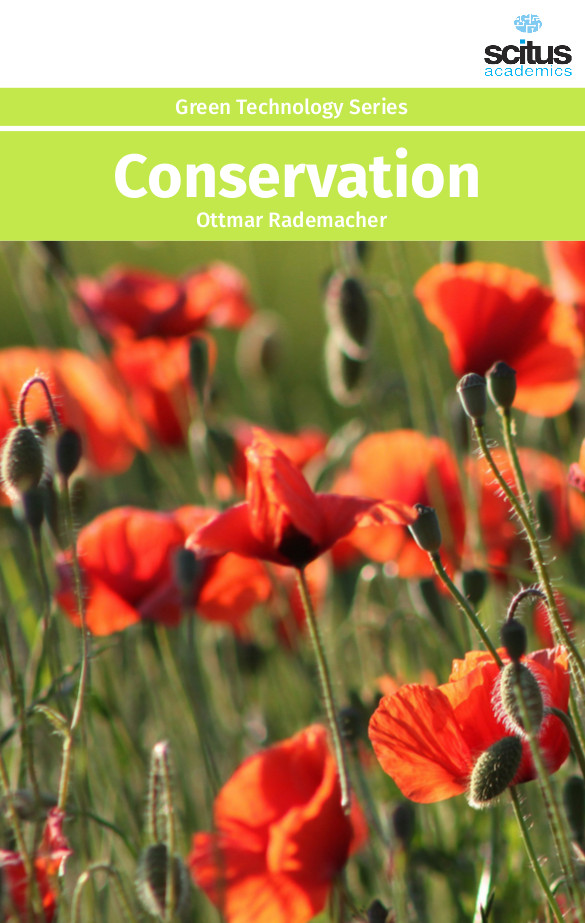Nature provides us the basic needs like food, shelter, clothes, etc. for our survival. We use air, water, soil, minerals, coal, petroleum, animals, plants etc. in our daily life. But do you ever think, how long these precious materials of the nature will be available for our use. The growing population, rapid industrialization and urbanization have created heavy demand on all these materials. It is feared that unless proper steps are taken to conserve them in time, we will face tremendous hardship in future. If we go on exploiting nature, there will be no more resources available in future. Hence there is an urgent need to conserve nature. The expansion of human societies has so far caused such global-scale environmental problems as forest depletion, desertification, global warming, and loss of biodiversity. In recent years, economic globalization and changes in consumption patterns in developed countries are exacerbating large-scale and rapid environmental destruction as well as the concentrated and exploitative utilization of natural resources. In developing countries, the overuse of resources for people’s daily needs in many local communities is threatening the existence of the healthy natural environment that is the very basis of their survival. The degradation of the natural environment may destroy the foundation for survival of future generations and reduce the potential development of human society. Today, humanity faces the urgent need to rethink its relationship with the natural environment, and to work toward the formation and development of a society in harmony with the environment. Given the advancement of globalization, nature conservation is now a global-scale issue contributing not only to the further growth of developed countries, but also to halting the vicious cycle of environmental degradation and poverty in developing countries, and to contributing to the development of healthy local communities.
The book reflects disciplinary diversity and a co-mingling of science and social science to promote understanding of the patterns of, pressures on and prospects for conservation. This book is dedicated to ecology and conservation aspects in perspectives on Nature Conservation demonstrates the diversity of information and viewpoints that are critical for appreciating the gaps and weaknesses in local, regional and hemispheric ecologies, and also for understanding the limitations and barriers to accomplishing critical nature conservation developments. The book is organized to emphasize the linkages between the geographic foci of conservation. It will bridge the gaps in the knowledge about some new emerging issues on forest ecology and conservation.













